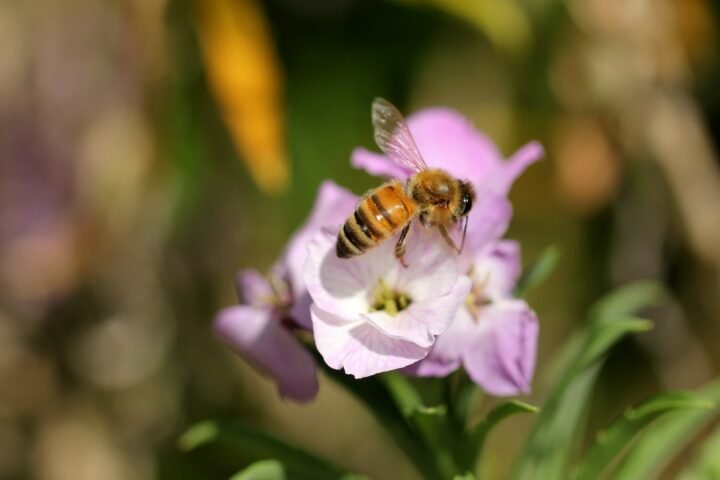Fasten your seatbelts because in this video, we’re flying high into blue skies to see how the aviation industry is changing its energy itinerary by going green with new, waste-based fuels called Sustainable Aviation Fuels, or SAF, that can directly substitute for existing jet fuel, without the CO2 emissions.
We’ll look at the state of emissions from the aviation industry today and why it’s so challenging to eliminate its climate impacts.
We’ll also learn about SAF, what it is and how it’s made. And, we’ll dig into some SAF data to unearth adoption trends and to see what it will take to scale SAF towards net zero aviation, and I will share what happened when I purchased SAF for my own upcoming flight, I got the hugest shock and I think you will too when you see what happened!
Text above from original video description.
Summary
In this video, Rosie Barnes discusses the state of the aviation industry and its challenges related to carbon emissions, particularly focusing on Sustainable Aviation Fuels (SAF).
The aviation sector contributes to 2.5% of global CO2 emissions, but its climate warming impact is approximately 4% when accounting for non-CO2 factors, such as contrails. The current aviation fuel, refined kerosene, has remained unchanged for decades. The necessity for an alternative fuel that can be used with existing aircraft engines is crucial for achieving net-zero emissions in aviation.
SAF, produced from renewable biomass, offers an approach that can directly replace fossil fuels without requiring new aircraft designs. The HEFA process, which utilizes waste oils and fats, is currently the leading method for SAF production, providing significant yields while facing challenges in scaling due to increased feedstock demand.
Highlights
- ✈️ Aviation’s Impact: Aviation is responsible for 2.5% of global CO2 emissions but has a much higher warming impact due to non-CO2 factors.
- 🛩️ Need for Change: The current reliance on traditional jet fuel, primarily refined kerosene, poses significant challenges for decarbonizing aviation.
- 🌱 What is SAF?: Sustainable Aviation Fuel (SAF) is renewable biofuel created from waste and biomass, aiming to provide a cleaner alternative for existing aircraft.
- 🔄 HEFA Dominance: The Hydroprocessed Esters and Fatty acids (HEFA) process is currently the most developed method for SAF production, mainly utilizing waste oils.
- 📈 Production Trends: While SAF production doubled in 2022, it still accounted for only 0.1% of all jet fuel, highlighting the urgent need for scaling up production.
- 🚀 Future Goals: The International Air Transport Association aims for 65% SAF adoption by 2050, requiring a dramatic increase in production output.
- 🌍 Collective Action: Collaboration among airlines, manufacturers, and regulators is critical to overcoming the logistical and economic barriers of transitioning to SAF.




